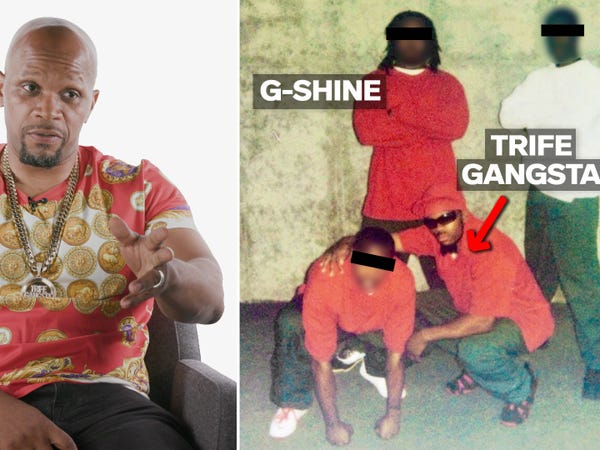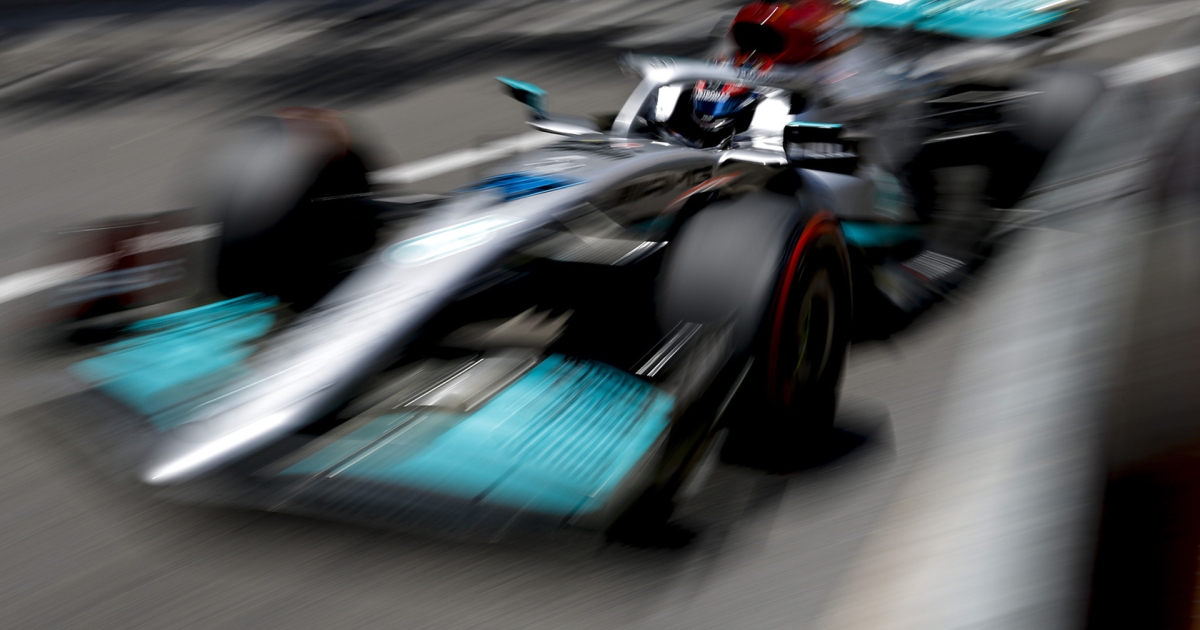Analyzing The Hells Angels' Business Model In Light Of Mandarin Killings

Table of Contents
The Hells Angels' Traditional Business Model: Beyond Motorcycle Clubs
The Hells Angels' business model extends far beyond the image of a motorcycle club. It's a complex, multi-layered criminal enterprise built on a foundation of illegal activities and cleverly disguised legitimate businesses.
Illegal Activities: The Pillars of the Enterprise
The HAMC's illegal activities are the engine of their wealth and power. These include:
- Drug Trafficking: The club is deeply involved in the trafficking of cocaine, methamphetamine, and other narcotics. Their distribution networks span across geographical boundaries, leveraging complex money laundering schemes to obscure the origins of their profits.
- Arms Trafficking: The HAMC facilitates the illegal trade of weapons, supplying firearms to other criminal organizations and individuals. The types of weapons vary, ranging from handguns to more sophisticated weaponry. This activity significantly contributes to violence and instability.
- Prostitution: The club is known to be involved in sex trafficking and the exploitation of vulnerable individuals. This generates significant revenue and is often intertwined with other criminal activities.
- Extortion and Racketeering: The HAMC uses intimidation and violence to control businesses, demanding protection money and forcing businesses to pay tribute. This generates a steady stream of income and ensures their dominance in certain areas.
Legal Businesses as Fronts: Concealing Criminal Activity
To launder money and maintain a façade of legitimacy, the HAMC utilizes a variety of legitimate businesses as fronts:
- Motorcycle Repair Shops: These seemingly innocuous establishments serve as excellent channels for money laundering. Cash transactions from repairs can easily be mixed with proceeds from illegal activities.
- Bars and Restaurants: These locations act as bases of operations, providing meeting points and a source of legitimate (and often illegitimate) income. They also facilitate the recruitment of new members and the intimidation of rivals.
- Other Legitimate Businesses: Investigations have also linked the HAMC to other types of legitimate businesses, such as construction companies and trucking firms, providing further opportunities for money laundering and concealing illicit profits.
The Mandarin Killings: A Catalyst for Analysis
The Mandarin killings, a series of violent incidents linked to internal conflicts within the HAMC, offer a critical insight into the inner workings and vulnerabilities of the organization.
Contextualizing the Event: A Bloodshed Within
The Mandarin killings (insert brief, factual description of the event, avoiding sensationalism) highlighted the ruthless nature of the HAMC and the potential for violent conflict even within its ranks. The event involved key figures within the club, suggesting significant internal power struggles.
Investigative Implications: Exposing Internal Conflicts
The killings exposed potential internal rivalries, power struggles for control of territory or revenue streams, and the potential for betrayals within the organization. This internal conflict serves as a reminder that the HAMC is not a monolithic entity, but a complex network with competing interests.
Law Enforcement Response: Impact and Aftermath
The law enforcement response to the Mandarin killings (mention specific actions taken) had a significant impact on HAMC operations, leading to arrests, seizures of assets, and disruption of their activities. This highlights the importance of a robust law enforcement response to effectively counter the HAMC's criminal activities.
The Hells Angels' Organizational Structure and Hierarchy
Understanding the HAMC's organizational structure is vital for comprehending their operational effectiveness.
Chapters and Charters: A Decentralized Network
The HAMC is structured around chapters and charters, creating a decentralized network. Each chapter operates relatively autonomously but remains accountable to the overall organization. This structure allows for flexibility and adaptability, making it difficult for law enforcement to dismantle the entire operation.
Leadership and Decision-Making: A Complex Power Dynamic
Decision-making within the HAMC is hierarchical, with key leaders exerting significant influence. The involvement of specific leaders in the Mandarin killings emphasizes the importance of identifying and targeting key decision-makers to disrupt the organization's operations.
Communication and Secrecy: Maintaining Operational Security
The HAMC employs sophisticated methods to maintain secrecy and coordinate activities. These methods, often involving encrypted communication and strict codes of conduct, make it challenging for law enforcement to infiltrate their operations and gather intelligence.
Financial Analysis of the Hells Angels' Operations
Analyzing the HAMC's finances is inherently complex, given their efforts to conceal their illegal activities.
Money Laundering Techniques: Obscuring Illicit Profits
The HAMC utilizes various methods of money laundering, including the use of shell companies, offshore accounts, and the integration of illicit funds into legitimate businesses. These techniques effectively obscure the origins of their wealth, making it difficult to trace and seize their assets.
Asset Management: Securing and Protecting Wealth
The HAMC strategically manages its assets, investing in real estate, vehicles, and other holdings to protect its wealth and secure future income streams. These assets represent a significant portion of their overall wealth and power.
Estimating Revenue Streams: The Scale of the Criminal Enterprise
Estimating the HAMC's precise revenue is challenging, but evidence suggests their criminal activities generate vast sums of money. The scale of their operations underlines the significant threat they pose to public safety and the need for sustained law enforcement efforts.
Conclusion: Understanding the Hells Angels' Business Model and its Implications
The Hells Angels' business model is a complex tapestry woven from illegal activities and carefully constructed legitimate fronts. The Mandarin killings provided a crucial opportunity to examine the internal dynamics and vulnerabilities of this powerful criminal organization. Understanding the HAMC's intricate operations is paramount for effective law enforcement strategies. Further investigation into the Mandarin killings and a deeper analysis of the Hells Angels' business model is essential to combating their criminal enterprise and ensuring public safety. We need continued investigation into the Mandarin killings and a deeper understanding of the Hells Angels' criminal enterprise to develop effective strategies to dismantle their operations and protect our communities. Further research into the Hells Angels' business model is crucial for developing effective countermeasures.

Featured Posts
-
 Rafmagns Porsche Macan Ahrif A Umhverfid Og Endurhledslu
May 25, 2025
Rafmagns Porsche Macan Ahrif A Umhverfid Og Endurhledslu
May 25, 2025 -
 Telos Epoxis I Mercedes Den Endiaferetai Pleon Gia Ton Ferstapen
May 25, 2025
Telos Epoxis I Mercedes Den Endiaferetai Pleon Gia Ton Ferstapen
May 25, 2025 -
 Nws Issues Flash Flood Warning For South Florida Amid Heavy Showers
May 25, 2025
Nws Issues Flash Flood Warning For South Florida Amid Heavy Showers
May 25, 2025 -
 Former French Prime Minister Critiques Macrons Policies
May 25, 2025
Former French Prime Minister Critiques Macrons Policies
May 25, 2025 -
 Is Naomi Campbell Banned From The Met Gala A Look At The Alleged Anna Wintour Dispute
May 25, 2025
Is Naomi Campbell Banned From The Met Gala A Look At The Alleged Anna Wintour Dispute
May 25, 2025
